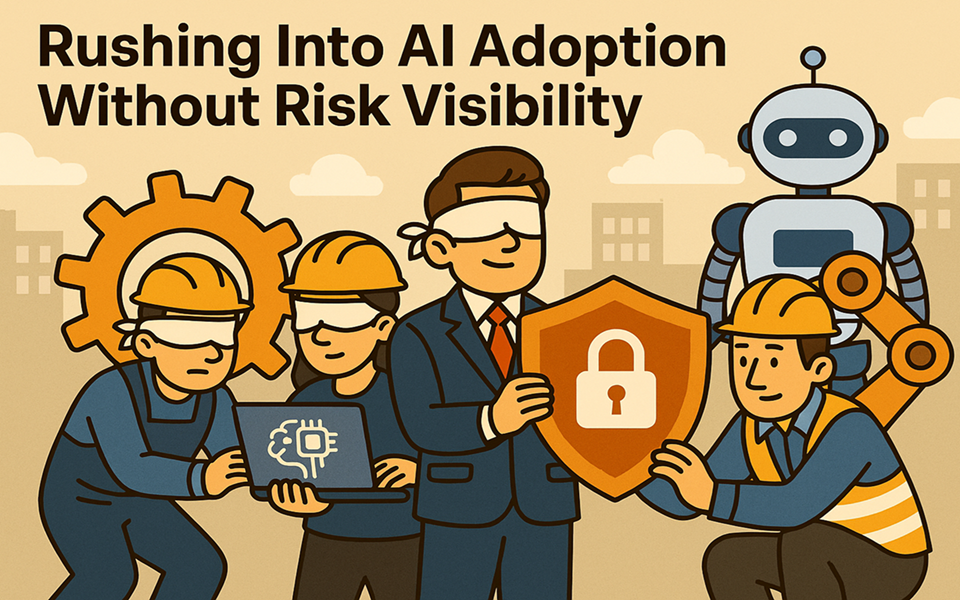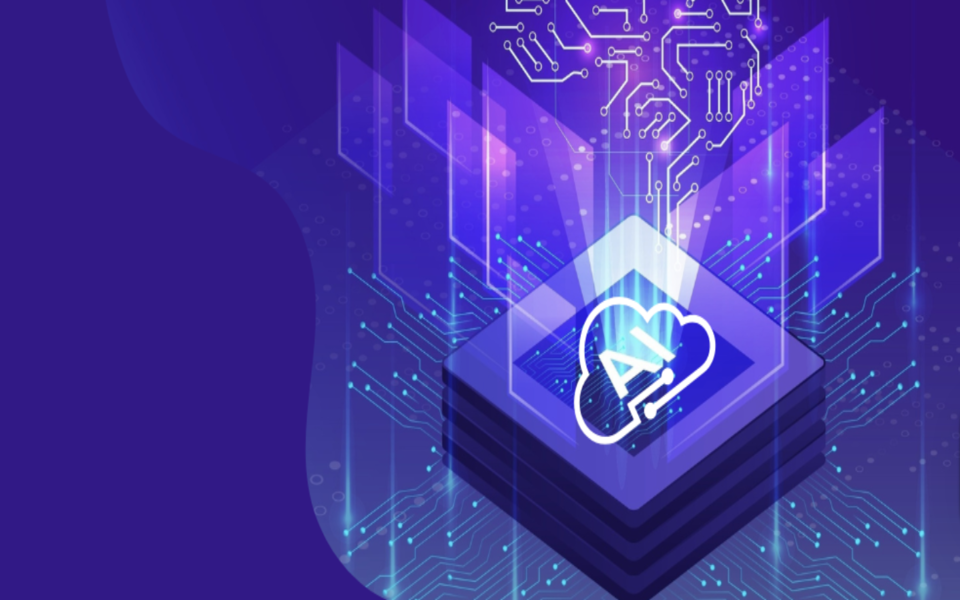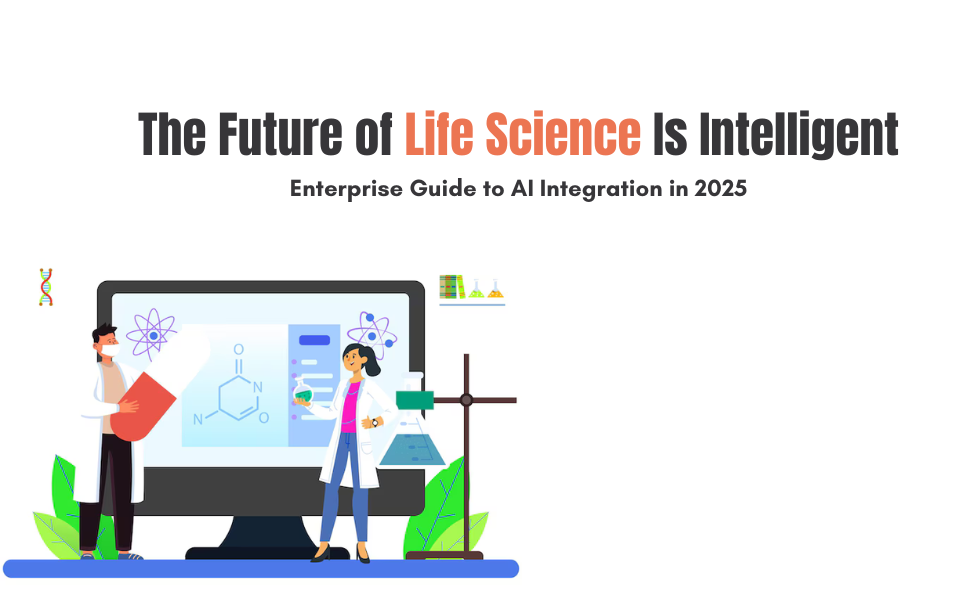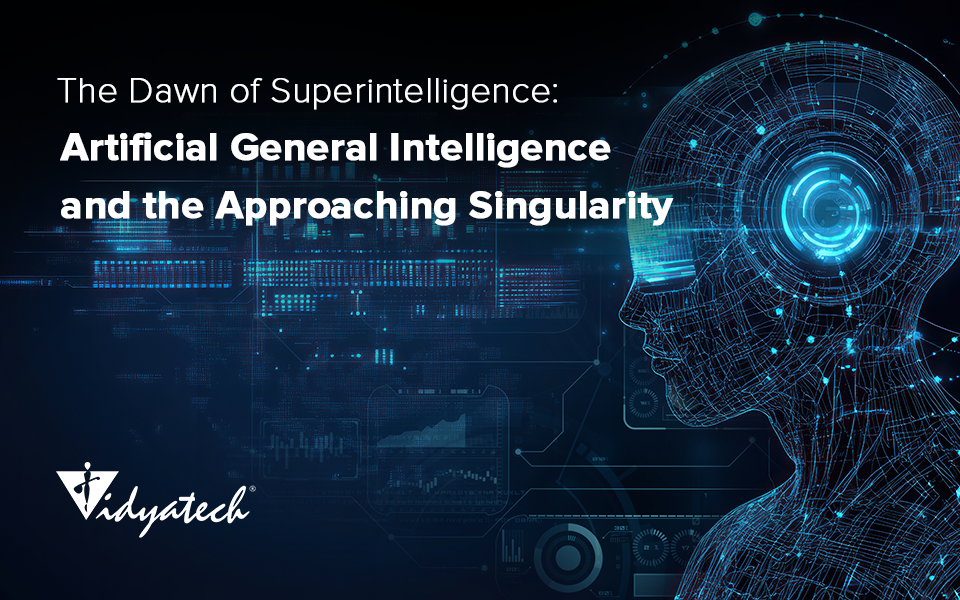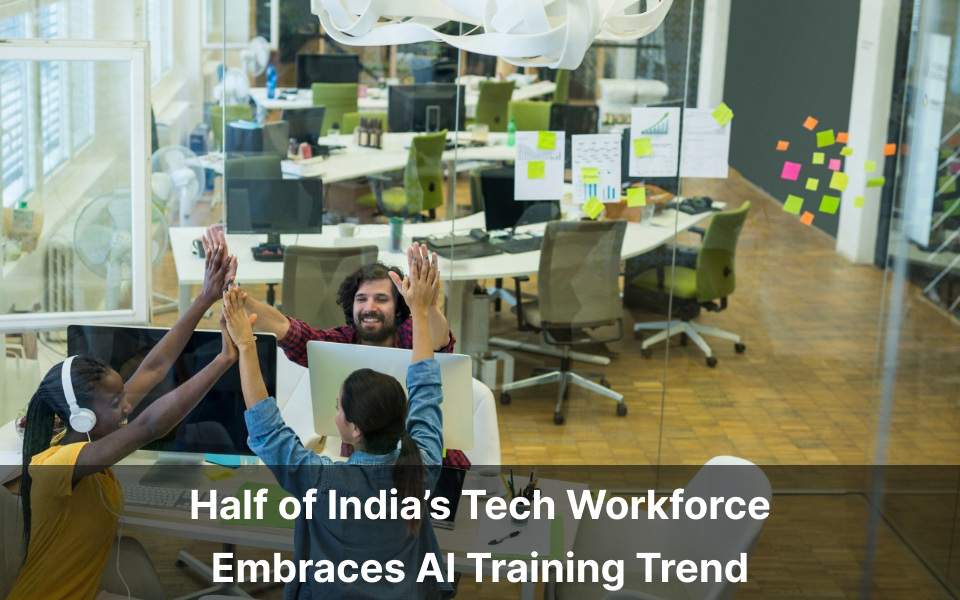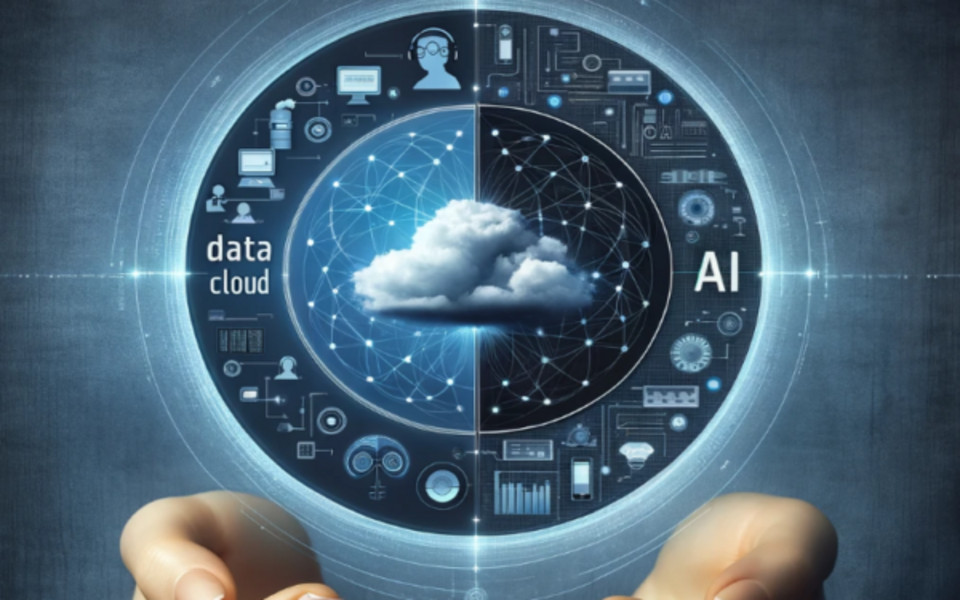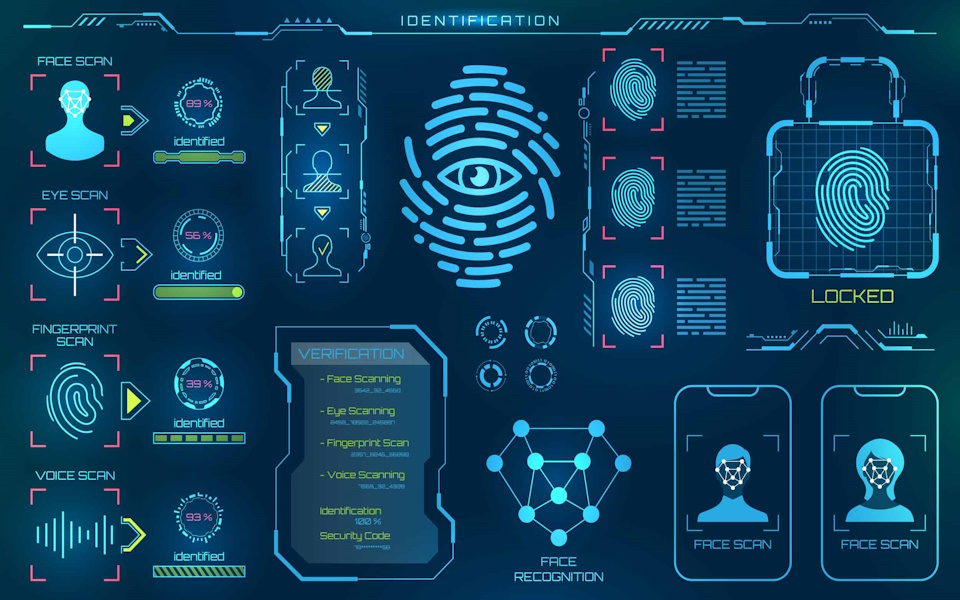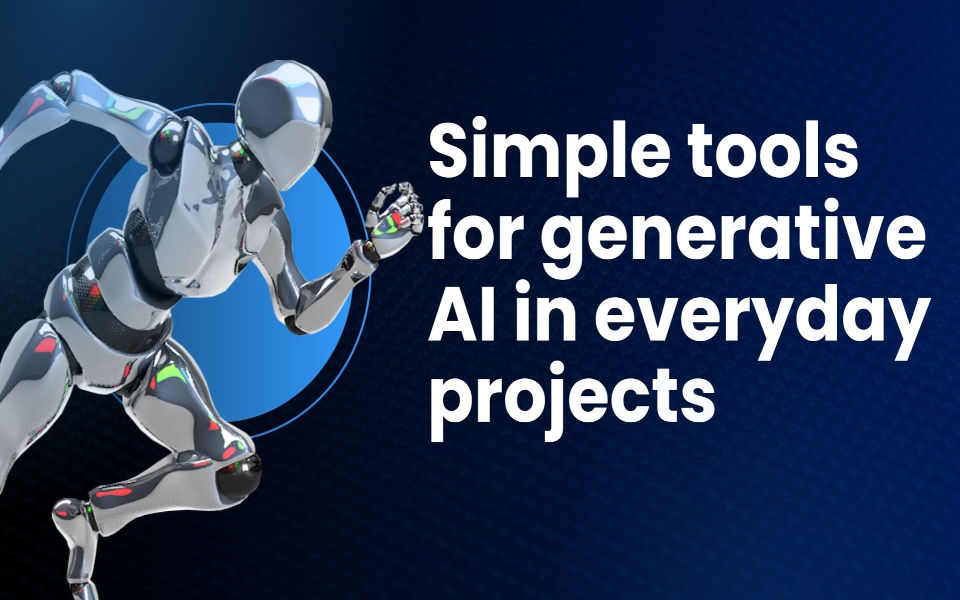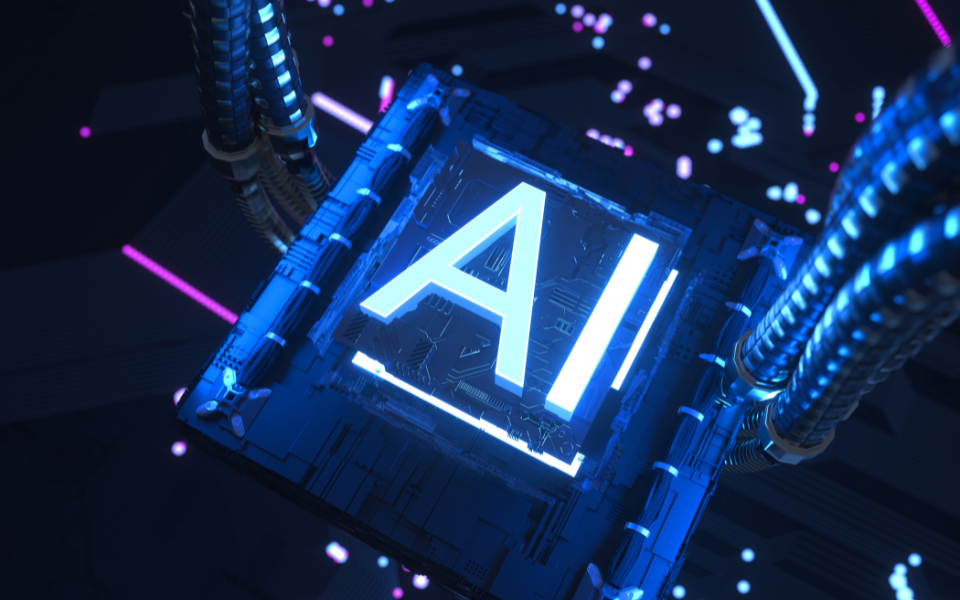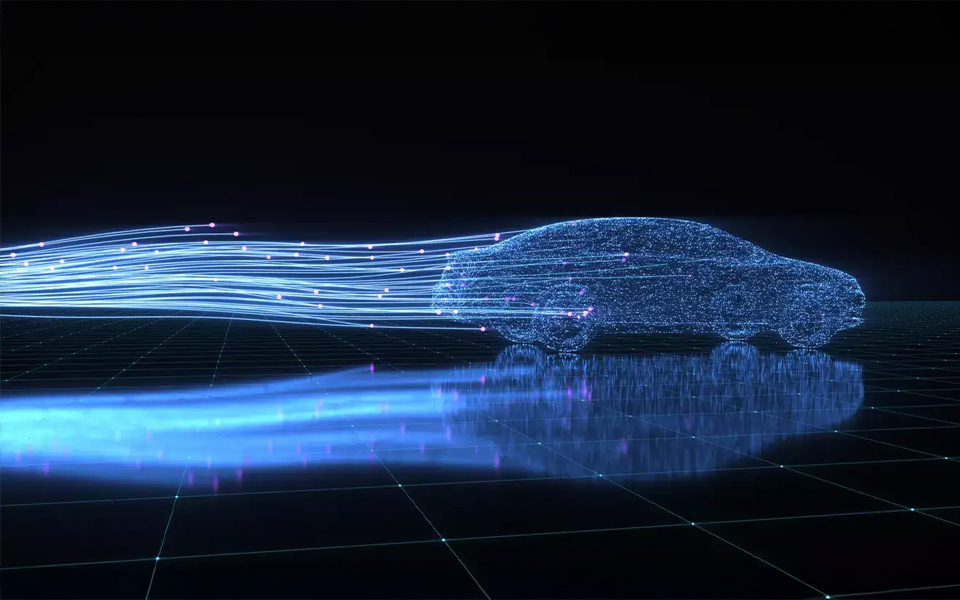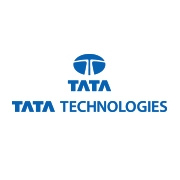Human thinking is beyond imagination. Can a computer develop such ability to think and reason without human intervention? This is something programming experts at IBM Watson are trying to achieve. Their goal is to simulate human thought process in a computerized model. The result is cognitive computing – a combination of cognitive science and computer science. Cognitive computing models provide a realistic roadmap to achieve artificial intelligence.

What is Cognitive Computing?
Cognitive computing represents self-learning systems that utilize machine learning models to mimic the way brain works.“ Eventually, this technology will facilitate the creation of automated IT models which are capable of solving problems without human assistance.
COGNITION COMES FROM THE HUMAN BRAIN. SO WHAT’S THE BRAIN OF COGNITIVE SYSTEMS?
Cognitive computing represents the third era of computing. In the first era, (19th century) Charles Babbage, also known as ‘father of the computer’ introduced the concept of a programmable computer. Used in the navigational calculation, his computer was designed to tabulate polynomial functions. The second era (1950) experienced digital programming computers such as ENIAC and ushered an era of modern computing and programmable systems. And now to cognitive computing which works on deep learning algorithms and big data analytics to provide insights. Thus the brain of a cognitive system is the neural network, fundamental concept behind deep learning. The neural network is a system of hardware and software mimicked after the central nervous system of humans, to estimate functions that depend on the huge amount of unknown inputs.
WHAT ARE THE FEATURES OF A COGNITIVE COMPUTING SOLUTION?
With the present state of cognitive function computing, basic solution can play an excellent role of an assistant or virtual advisor. Siri, Google assistant, Cortana, and Alexa are good examples of personal assistants. Virtual advisor such as Dr. AI by HealthTap is a cognitive solution. It relies on individual patients’ medical profiles and knowledge gleaned from 105,000 physicians. It compiles a prioritized list of the symptoms and connects to a doctor if required. Now, experts are working on implementing cognitive solutions in enterprise systems. Some use cases are fraud detection using machine learning, predictive analytics solution, predicting oil spills in Oil and Gas production cycle etc.
The purpose of cognitive computing is the creation of computing frameworks that can solve complicated problems without constant human intervention. In order to implement cognitive function computing in commercial and widespread applications, Cognitive Computing consortium has recommended the following features for the computing systems –
1. Adaptive
This is the first step in making a machine learning based cognitive system. The solutions should mimic the ability of human brain to learn and adapt from the surroundings. The systems can’t be programmed for an isolated task. It needs to be dynamic in data gathering, understanding goals, and requirements.
2. Interactive
Similar to brain the cognitive solution must interact with all elements in the system – processor, devices, cloud services and user. Cognitive systems should interact bi-directionally. It should understand human input and provide relevant results using natural language processing and deep learning. Some skilled intelligent chatbots such as Mitsuku have already achieved this feature.
3. Iterative and stateful
The system should “remember” previous interactions in a process and return information that is suitable for the specific application at that point in time. It should be able to define the problem by asking questions or finding an additional source. This feature needs a careful application of the data quality and validation methodologies in order to ensure that the system is always provided with enough information and that the data sources it operates on to deliver reliable and up-to-date input.
4. Contextual
They must understand, identify, and extract contextual elements such as meaning, syntax, time, location, appropriate domain, regulations, user’s profile, process, task, and goal. They may draw on multiple sources of information, including both structured and unstructured digital information, as well as sensory inputs (visual, gestural, auditory, or sensor-provided).

WHAT IS THE SCOPE OF COGNITIVE COMPUTING?
While computers have been faster at calculations and processing than humans for decades. But they have failed miserably to accomplish tasks that humans take for granted, like understanding the natural language or recognizing unique objects in an image. Thus cognitive technology makes such new class of problems computable. They can respond to complex situations characterized by ambiguity and have far-reaching impacts on our private lives, healthcare, business, etc.
According to a study by the IBM Institute for Business Value – “Your Cognitive Future”, the scope of cognitive computing consists of engagement, decision, and discovery. These 3 capabilities are related to ways people think and demonstrate their cognitive abilities in everyday life.
1. Engagement
The cognitive systems have vast repositories of structured and unstructured data. These have the ability to develop deep domain insights and provide expert assistance. The models build by these systems include the contextual relationships between various entities in a system’s world that enable it to form hypotheses and arguments. These can reconcile ambiguous and even self-contradictory data. Thus these systems are able to engage in deep dialogue with humans. The chatbot technology is a good example of engagement model. Many of the AI chatbots are pre-trained with domain knowledge for quick adoption in different business-specific applications.
2. Decision
A step ahead of engagement systems, these have decision-making capabilities. These systems are modeled using reinforcement learning. Decisions made by cognitive systems continually evolve based on new information, outcomes, and actions. Autonomous decision making depends on the ability to trace why the particular decision was made and change the confidence score of a systems response. A popular use case of this model is the use of IBM Watson in healthcare. The system can collate and analyze data of patient including his history and diagnosis. The solution bases recommendations on its ability to interpret the meaning and analyze queries in the context of complex medical data and natural language, including doctors’ notes, patient records, medical annotations and clinical feedback. As the solution learns, it becomes increasingly more accurate. Providing decision support capabilities and reducing paperwork allows clinicians to spend more time with patients.
3. Discovery
Discovery is the most advanced scope of cognitive computing. Discovery involves finding insights and understanding vast amount of information and developing skills. These models are built on deep learning and unsupervised machine learning. With ever-increasing volumes of data, there is a clear need for systems that help exploit information more effectively than humans could on their own. While still in the early stages, some discovery capabilities have already emerged, and the value propositions for future applications are compelling. Cognitive Information Management (CIM) shell at Louisiana State University (LSU) is one of the cognitive solutions. The distributed intelligent agents in the model collect streaming data, like text and video, to create an interactive sensing, inspection, and visualization system that provides real-time monitoring and analysis. The CIM Shell not only sends an alert but reconfigures on the fly in order to isolate a critical event and fix the failure.
LIMITATIONS OF COGNITIVE COMPUTING
Limited analysis of risk
The cognitive systems fail at analyzing the risk which is missing in the unstructured data. This includes socio-economic factors, culture, political environments, and people. For example, a predictive model discovers a location for oil exploration. But if the country is undergoing a change in government, the cognitive model should take this factor into consideration. Thus human intervention is necessary for complete risk analysis and final decision making.
Meticulous training process
Initially, the cognitive systems need training data to completely understand the process and improve. The laborious process of training cognitive systems is most likely the reason for its slow adoption. WellPoint’s financial management is facing a similar situation with IBM Watson. The process of training Watson for use by the insurer includes reviewing the text on every medical policy with IBM engineers. The nursing staff keeps feeding cases until the system completely understands a particular medical condition. Moreover, the complex and expensive process of using cognitive systems makes it even worse.
More intelligence augmentation rather than artificial intelligence
Cognitive computing's advantages today include precise data analysis, enhanced customer interaction, driving engagement, and making decisions. Cognitive computing systems also function more effectively as intelligence augmentation solutions than true artificial intelligence systems. It supplements human thinking and analysis but depends on humans to take the critical decisions. Smart assistants and chatbots are good examples. Rather than enterprise-wide adoption, such specialized projects are an effective way for businesses to start using cognitive systems.
Cognitive computing is definitely the next step in computing started by automation. It sets a benchmark for computing systems to reach the level of the human brain. However, some limitations make AI solutions challenging to apply in situations with high uncertainty, rapid change, or creative demands. The complexity of problem grows with the number of data sources. It is challenging to aggregate, integrate and analyze such unstructured data. A complex cognitive solution should have many technologies that coexist to give deep domain insights.
Thus, besides AI, ML and NLP, technologies such as NoSQL, Hadoop, Elasticsearch, Kafka, Spark etc should form a part of the cognitive system. This complete solution would be capable of handling dynamic real-time data and static historical data. The enterprises looking to adopt cognitive solutions should start with a specific business segment. These segments should have strong business rules to guide the algorithms, and large volumes of data to train the machines.
FAQs
1. Is cognitive computing the same as AI?
AI and cognitive computing may leverage some of the same technologies. However, the difference lies in their applications. AI aims to design a system that can independently think and make decisions, whereas cognitive computing aims to assist and simulate human thinking and decision-making.
2. What are the three elements of cognitive computing?
The 3 principles of cognitive computing are perception, learning, and reasoning.
3. What are the steps in cognitive computing?
Here are the 6 steps in cognitive computing.
Knowledge - Remembering information.
Comprehension - Helping understand the information.
Application - Applying knowledge, principles, or theories to real-life situations.
Analysis - Comprehending a scenario by breaking it down.
Synthesis - Adjoining different areas to create an integrated whole.
Evaluation - Having a clear idea of the result observed by conducting the above processes.
4. Is RPA a cognitive computing solution?
RPA uses structured digital data inputs to perform repetitive actions. Robots cannot comprehend printed formats unless they employ OCR software, so RPA isn’t a cognitive computing solution.
5. What are the four layers of a cognitive computing system?
The four layers of cognitive computing are understand, reason, learn, and interact.
6. What are the key attributes of cognitive computing systems?
The four key attributes of cognitive computing systems are as follows.
Adaptive: It should be capable of processing data in real-time and adapting to changing environments, goals, and information.
Interactive: The system should foster user interaction, set priorities, and define their needs.
Iterative and Stateful: A cognitive computing system should be able to complete its understating of a problem by asking questions.
Contextual: The system needs to understand and mine contextual data like domain, time, location, syntax, tasks, goals, and more.






